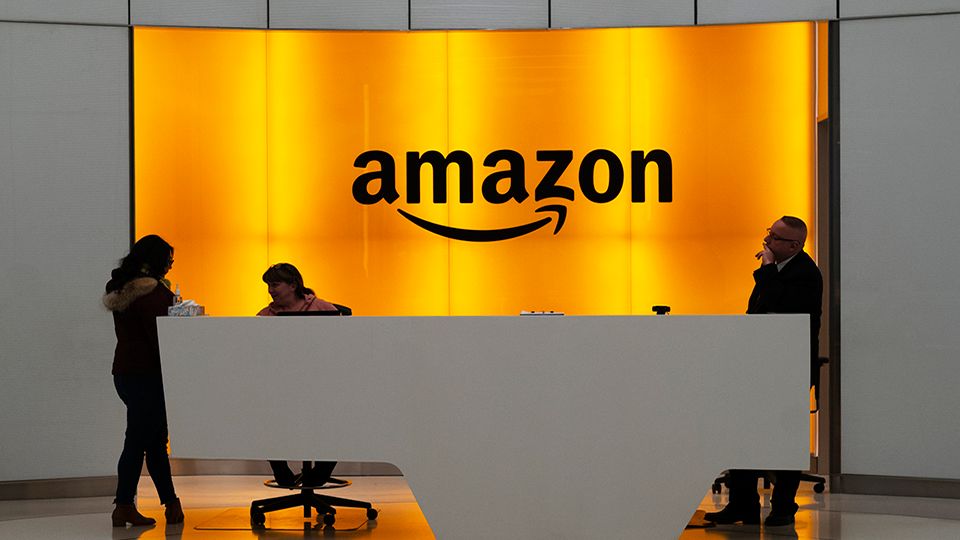Two different narratives have taken shape in the last half week over who and what exactly sank the Amazon deal for Long Island City.
Gov. Andrew Cuomo has blamed the opposition from the state Senate, namely Sen. Mike Gianaris, the Queens Democrat who was recommended to serve on the Public Authorities Control Board, which could have had veto power over the deal’s $3 billion tax credits.
Gianaris was a vocal critic of the deal, but insisted he never wanted to actually scuttle it, just negotiate something better.
The controversy over the opposition has led to Democrats insisting there’s no split in the newly formed majority in the state Senate.
Polling showed Long Island constituents, who are key to being kept happy for Democrats, backed the deal, likely in part due to the rising value of their property should it have gone through.
But for Amazon, the Gianaris opposition was too much to stomach going forward. The board wasn’t even due to consider the tax incentive package for another two years, leading to a word businesses big and small hate: uncertainty.
“The New York State Senate has done tremendous damage,” Cuomo said last week. “They should be held accountable for this lost economic opportunity.”
By highlighting the opposition in the Senate, Cuomo has also implicitly sought to make Amazon a wedge for Democrats in the chamber, releasing a statement blasting Sen. Todd Kaminsky, who represents suburban Nassau County and has been viewed, more or less, as someone aligned with the governor on policy.
The last split in the Senate for Democrats in 2011, a schism that produced the Independent Democratic Conference, was a traumatic experience for the conference.
But current lawmakers expect a reconstitution of the IDC or something akin to it is unlikely, given the message voters sent in the September primary.
There’s also another way of viewing the deal, one that New York City Mayor Bill de Blasio, who worked to negotiate the deal, has largely embraced, namely that Amazon couldn’t handle being in New York City.
In other words, Amazon couldn’t handle not just the scrutiny, but what also what came with it: attempts to unionize its workers.
The labor union RWDSU, which represents retail workers, had sought to organize workers at Whole Foods, a subsidiary of Amazon. The union was among the most vocal opponents to the deal. At the same time, Amazon may have worried that unionizing workers at its distribution centers in New York could lead to a wave of organizing at its locations around the country.
Organized labor wasn’t wholly opposed to the deal. The Building and Trades Council had backed it in part due to the construction jobs it would create. And 32BJ was also in favor of it, hoping the influx of workers would create organizing opportunities.
“For labor however, this is also a missed opportunity to engage one of the largest companies in the world and to create a pathway to union representation for one of the largest groups of predominantly non-union workers in our country,” said 32BJ President Hector Figueroa.
Splitting labor unions is not new in New York, and many often have competing and differing goals.
However, the labor movement in New York feels like it has its wind at its back. New York is the most unionized state in the country, bucking a nationwide trend of membership decline, and labor retains a politically potent punch in elections.
Perhaps the biggest uncertainty argument was Amazon was stepping into a New York political scene in a period of rank transition and disruption, making any major development project like dropping a match in a dry forest.



